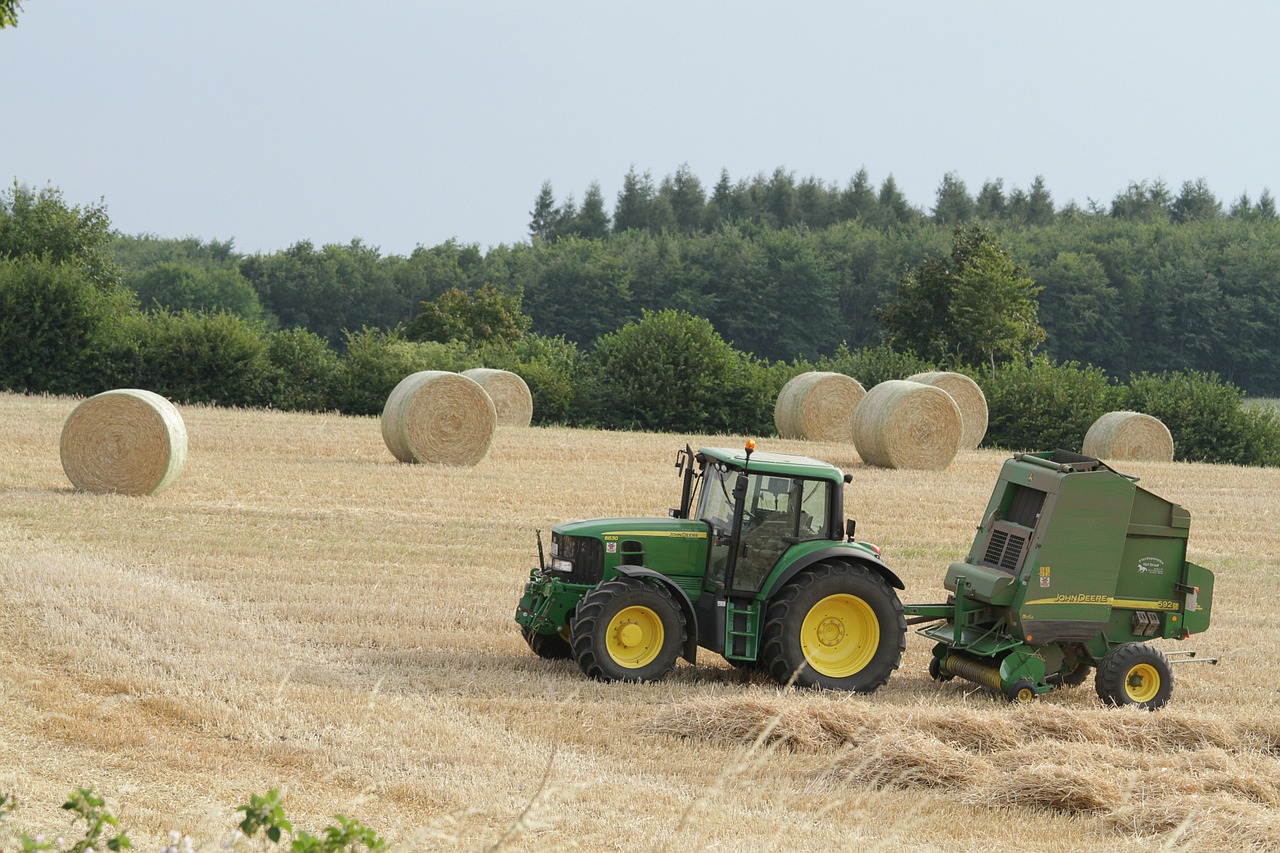
Agricultural News
Dr. Glenn Selk On Estimating Hay needs for the Upcoming Winter
Tue, 13 Oct 2020 13:51:47 CDT
 Dr. Glenn Selk, Oklahoma State University Emeritus Extension Animal Scientist, offers herd health advice as part of the weekly series known as the "Cow Calf Corner" published electronically by Dr. Peel and Dr. Glenn Selk. Today, Dr. Selk talks about Estimating hay needs for the upcoming winter.
Dr. Glenn Selk, Oklahoma State University Emeritus Extension Animal Scientist, offers herd health advice as part of the weekly series known as the "Cow Calf Corner" published electronically by Dr. Peel and Dr. Glenn Selk. Today, Dr. Selk talks about Estimating hay needs for the upcoming winter.
Each fall, cow/calf producers have that question lurking in the back of their mind: "Do we have enough hay stored to get through the winter?" Winter hay needs will vary dramatically from place to place. Drought areas will provide much less standing forage in pastures than those parts of Oklahoma that have had adequate moisture this fall. Hay feeding will start earlier and occur over more days where drought or snow-cover prevent cows from grazing standing forage.
Estimating forage usage by cows is an important part of the task of calculating winter feed needs. Hay or standing forage intake must be estimated in order to make the calculations. Forage quality will be a determining factor in the amount of forage consumed. Higher quality forages contain larger concentrations of important nutrients so animals consuming these forages should be more likely to meet their nutrient needs from the forages. Also cows can consume a larger quantity of higher quality forages.
Higher quality forages are fermented more rapidly in the rumen leaving a void that the animal can re-fill with additional forage. Consequently, forage intake increases. For example, low quality forages (below about 6% crude protein) will be consumed at about 1.5% of body weight (on a dry matter basis) per day. Higher quality grass hays (above 8% crude protein) may be consumed at about 2.0% of body weight. Excellent forages, such as good alfalfa, silages, or green pasture may be consumed at the rate of 2.5% dry matter of body weight per day. The combination of increased nutrient content AND increased forage intake makes high quality forage very valuable to the animal and the producer. With these intake estimates, now producers can calculate the estimated amounts of hay that need to be available.
Using an example of 1200 pound pregnant spring-calving cows, lets assume that the grass hay quality is good and tested 8% crude protein. Cows will voluntarily consume 2.0% of body weight or 24 pounds per day. The 24 pounds is based on 100% dry matter. Grass hays will often be 7 to 10% moisture. If we assume that the hay is 92% dry matter or 8% moisture, then the cows will consume about 26 pounds per day on an "as-fed basis". Unfortunately we also have to consider hay wastage when feeding big round bales. Hay wastage is difficult to estimate, but generally has been found to be from 6% to 20% (or more). For this example, lets assume 15% hay wastage. This means that approximately 30 pounds of grass hay must be hauled to the pasture for each pregnant cow each day that hay is expected to be the primary ingredient in the diet.
After calving and during early lactation, the cow may weigh 100 pounds less, but will be able to consume about 2.6% of her body weight (100% dry matter) in hay. This would translate into 36 pounds of "as-fed" hay per cow per day necessary to be hauled to the pasture. This again assumes 15% hay wastage. Accurate knowledge of average cow size in your herd as well as the average weight of your big round bales becomes necessary to predict hay needs and hay feeding strategies. Unless cool season grasses are available in March and April, lactating cows may need to be fed hay for 60 days or more to maintain body condition while waiting for Bermudagrass or native grasses to grow enough for grazing.
Big round hay bales will vary in weight. Diameter and length of the bale, density of the bale, type of hay, and moisture content all will greatly influence weight of the bale. Weighing a pickup or trailer with and without a bale may be the best method to estimate bale weights.
WebReadyTM Powered by WireReady® NSI
Top Agricultural News
More Headlines...




